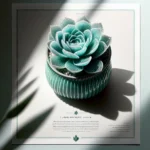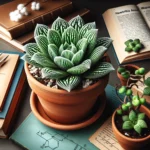Introduction to Haworthia and Its Unique Flowers
Welcome to the captivating world of Haworthias, a treasure trove of succulent beauty that has captured the hearts of enthusiasts all over the globe. Imagine a plant so versatile it can turn the most mundane windowsill into a vibrant showcase of Mother Nature’s artwork. Isn’t that something? Well, Haworthias do just that, marrying ease of care with aesthetic pleasure in a compact, yet striking form. Think of them as the gemstones in the succulent crown, small, but oh so precious!
Now, let’s talk about their flowers—oh, the unsung heroes in the saga of succulents! These aren’t your garden-variety blooms, but rare spectacles that pop up like little surprises when you least expect them. If most plants’ flowers are like a chorus in a song, Haworthia flowers are the high note that the lead singer belts out—an unexpected twist that takes your breath away. Check out this care guide to see what I mean.
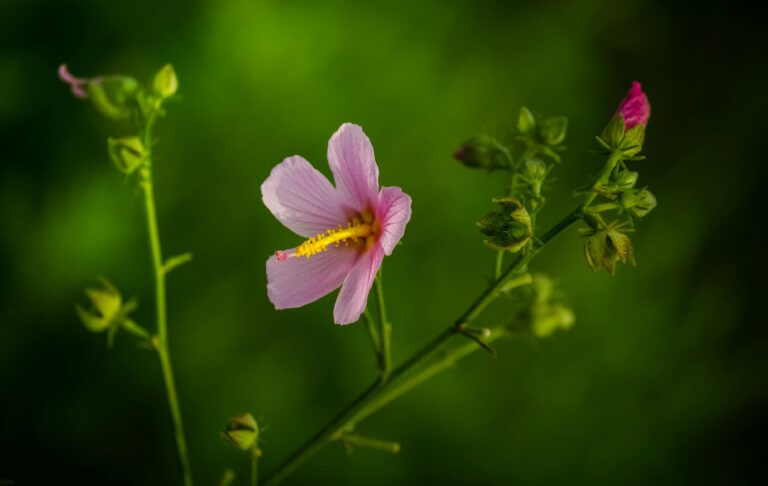
These dainty blooms aren’t just for looks, though—they’re a beacon for pollinators far and wide. The Haworthia signals, “Hey bees, over here!” and sure enough, they’re like a bee to honey. What a fascinating interaction right on your own windowsill or garden patch, right? And if you enjoy this little snippet of succulent splendor, wait until you discover more about their kin—a complete world teeming with succulent delights!
Imagine a tiny, unassuming Haworthia sitting quietly on your desk, and then one fine day it decides to put on a floral spectacle that rivals the beauty of any elaborate flower arrangement. We’re talking about blooms that ignite a sense of wonder, encouraging even the most experienced plant lovers to pause and admire. Yes, in the universe of succulents, Haworthias are stars that shine brightly, yet humbly invite us to take a closer look.
The Anatomy of a Haworthia Flower
Amid the vast array of succulent blooms, the haworthia flower emerges as a unique spectacle of nature. While some succulent aficionados might best recognize Haworthia for its architectural, spiky leaves, the dramatic unveiling of its flowers deserves equal acclaim.
The Haworthia flower structure is as intriguing as it is delicate. Each bloom is composed of slender, tubular shapes, often unfolding in shades of pristine white, pale green, or blushing pink. Notably, Haworthia flowers bloom from a wiry, elongated stem, which contrasts strikingly with the compact rosette of its fleshy leaves. A spectacle much like delicate porcelain sculptures, these flowers can lend an ethereal aura to any garden space.
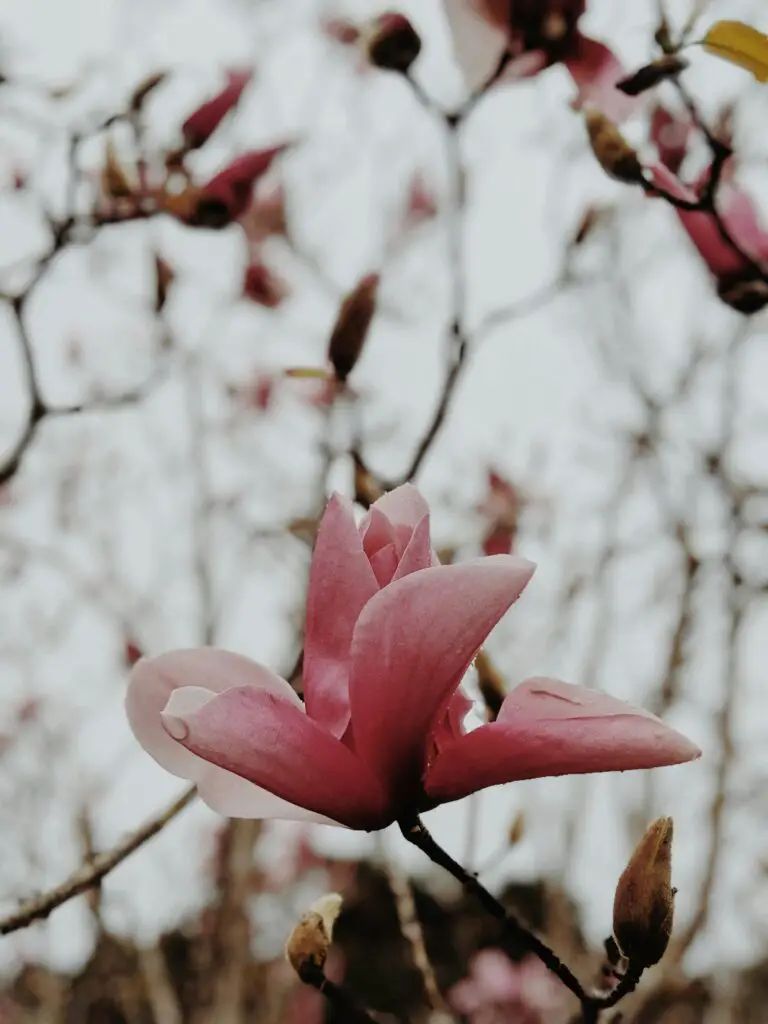
Unlike other succulent flowers that may boast broader petals and bold hues, the Haworthia flower’s charm lies in its understated elegance. The detailed floral architecture, with anthers perched atop slender filaments and stigma peeking out of the tubular corolla, invites closer inspection—a true gardener’s delight.
While in bloom, a dance between flowers occurs as pollinators seek out the succulent’s sweet nectar. These fine floral visitors, from the darting hummingbird to the industrious bee, play a critical role in the propagation of these modest blooms. Such a dance is both a delight to observe and a crucial aspect of continuing the floral lineage of Haworthia plants.
For a deeper dive into the succulent realm, don’t miss our guide on succulent care, a treasure trove of tips and insights to help you cultivate these enduring plants.
The tonal palette of Haworthia flowers is not only visually pleasing but also quite versatile in garden design. Imagine these blossoms nestled among the rich greens and muted grays of a rock garden or poised elegantly in a simple, monochromatic planter. The subtle coloration of Haworthia flowers brings a splash of natural beauty without competing with the bold visual statements often made by larger flowering plants.
In essence, the anatomy of a Haworthia flower is a testament to the captivating world of succulents, where the beauty often lies in the details. These blooms may not have the showy grandeur of other garden favorites, but their delicate composition and the role they play in the life cycle of the plants are undeniably fascinating.
When and How Does Haworthia Bloom?
Picture this: A compact succulent sitting unassumingly on your windowsill, basking in the gentle rays of the morning sun. The plant—a haworthia—is known for its ornate, textured leaves that charm onlookers year-round. But then, almost unexpectedly, it sends up a slender, delicate flower stalk. Yes, your little haworthia has decided it’s showtime! Let’s dive into the world of haworthia flower spectacle and understand just when and how this splendid event unfolds.
Firstly, the moment we’ve all been waiting for tends to arrive during spring or summer—the seasons where life in the plant kingdom kicks into high gear. Now, while our plucky haworthia doesn’t strut a predictably flashy floral display like some of its succulent cousins, the modest yet graceful flower it produces is worth the anticipation.
Environmental factors play a crucial role in coaxing those blooms to life. A haworthia in its ideal habitat—an environment echoing its African origins with periods of drought followed by rain—will feel nature’s rhythmic pulse. It’s this pulse that signals it’s time for reproduction. In your home, this translates to astute watering practices and ensuring your succulent buddy receives plenty of bright, indirect light. Restraint in watering during winter can mimic the drought conditions and set the stage for a spring bloom.
So, what about the blooming habits themselves? Typically, you’d see a haworthia flowering once annually, assuming it’s content with its care and established in its pot. Flower stalks, sprouting from the base of the plant, can be quite the sight, stretching tall and crowned with several small, tubular flowers. It’s a quiet fanfare compared to more ostentatious species, but for those who appreciate the understated elegance, it’s a true gardening triumph.
For a visual treat and a better understanding of this process, check out this video that captures the haworthia in its blooming glory:
Curious about fostering the ideal environment for your succulent friends? Explore further insights and tips for succulent soil perfection.
In a nutshell, while you may not be able to bank on an annual haworthia flower spectacle, providing the right care and environment will increase your chances of witnessing this succulent bloom. It’s like hosting a botanical gala on your windowsill—minus the RSVP.
Caring for Haworthia During the Blooming Season
When speckled light filters through your window, gracing the plump, textured leaves of your beloved Haworthia, it’s a sign that you’ve done well by your succulent friend. But as the blooming season approaches, your commitment to its care must blossom into a new chapter of attentiveness. The sight of delicate Haworthia flowers unfurling from their bristled buds is nothing short of a botanical spectacle worth the wait and effort. To coax your Haworthia into showcasing its shy flowers, let’s dig into the best care practices that can help.
Encouraging Haworthia to Flower
Consider your Haworthia a bit of a homebody—comfortable and low-maintenance, yet yearning for just the right conditions to truly express itself. To encourage blooming, a bright, indirect light has proven to be an elixir of growth. Remember, direct sunlight is the nemesis of a happy Haworthia, often leaving its leaves sunburned and dreams of flowers dashed. Watering is another high-wire act; these succulents prefer a dry spell between hydrations. Mimic their natural environment by letting the soil dry out completely, then drenching it until water drains freely. It’s this ‘feast or famine’ approach that whispers to the Haworthia: “It’s time.”

As your green charge nears its flowering phase, a balanced, water-soluble fertilizer can be the gentle nudge it needs. Apply sparingly, though, as over-fertilization can lead to leggy growth and a sad, bloomless existence. Suddenly, a slender stalk ascends, bearing the fruits of your labor in the form of petite, tubular flowers—truly, a moment of quiet triumph in the life of a Haworthia enthusiast.
Maintaining Health During and After Bloom
The flowering of Haworthia isn’t merely an aesthetic delight; it’s a reflection of its overall health and vitality. As such, maintaining its vigor during and after the blooming period is essential. If Haworthia could speak, it would beg for moderation in all things—water, food, and even repotting. Only repot when necessary, in soil that’s as gritty as the personality of the seasoned gardener, ensuring excellent drainage to prevent root rot.
After the flowers have said their goodbyes, snip the flower stalk close to the base to prevent energy from being wasted on seed production—energy better invested in robust growth and the promise of future flowers. With these practices, your window sill won’t just be a perch for a pot, but a stage for the Haworthia flower spectacle, an intimate exhibition of nature’s understated elegance in your very own home.
Common Varieties of Haworthia and Their Flowers
Step into the world of Haworthia and you’ll find a succulent paradise where each variety tells its own colorful story through its blooms. These resilient plants may be small, but their flowers pack a visual punch that’s as unexpected as it is delightful. So, without further ado, let’s dive into the enchanting spectrum of Haworthia flowers.
Haworthia Fasciata – The Striped Beauty
Kicking off our exploration is the ever-popular Haworthia fasciata, also known as the ‘Zebra Plant’. Distinguished by its thick, dark green foliage adorned with white stripes, this striking variety produces delicate, tubular flowers. These blooms, typically white or pale pink, emerge on slender, elongating stems, and cluster together like a constellation of stars against the night sky. Their unassuming elegance captivates the onlooker, proving that sometimes, nature’s simplest designs can create the most profound spectacle.
Haworthia Retusa – The Starry Reflection
When it comes to peculiar charm, Haworthia retusa stands out with its plump, translucent leaves that form a star-shaped rosette. As if mirroring the unique patterns of its leaves, the flowers of Haworthia retusa display an intricate dance of colors, typically ranging from whitish-green to soft shades or coral. The blossoms are a textural marvel, with their surface reflecting the soft glow of sunlight, inviting you to gaze closer and lose yourself in their intricate details.
Haworthia Cymbiformis – The Ocean Wave
Enter the serenity of Haworthia cymbiformis, often likened to gentle waves owing to its fleshy, boat-shaped leaves. Its blooms unfurl in the same tranquil grace, presenting colors that mimic the ebb and flow of the sea—from the palest aquamarine to deeper tones of maritime blue. These flowers are a soothing sight for the weary, a visual lullaby that whispers of hidden depths and the mysteries of the deep.
What truly fascinates about the Haworthia’s floral display is its ability to thrive despite adversity. Their natural habitat—rocky, arid regions in Africa—has forged them into resilient survivors, able to produce their blooming splendor with scarce resources. And yet, they do—year after year, each variety unfailingly adding its blooms to the tapestry of succulent beauty.
Indeed, their diversity is a testament to adaptability, with each flower reflecting the plant’s journey through evolution. From the subtle, earth-toned hues to the striking, vibrant colors, the flowers of Haworthia offer a breathtaking kaleidoscope that beckons plant lovers and admirers of nature’s art alike. As you marvel at these succulent blooms, you begin to understand that in the world of Haworthia, the flower spectacle is not merely a seasonal event—it’s a showcase of life’s resilience and its innate capacity for wonder.
Boosting Your Haworthia Flower Success
When it comes to the exquisite understatement of succulent blooms, few can match the haworthia flower’s discreet charm. Nestled among the spiky, lush greenery of its parent plant, the demure blossoms of haworthia are a horticultural highlight worthy of pursuit. To transform your humble haworthia into a botanical showstopper, let’s dive into an analysis of some tried-and-true techniques sure to invoke a floral fanfare!
First off, lighting is key—a fact often underestimated by succulent enthusiasts. The haworthia’s origins in the shaded areas beneath South African rocks suggest an aversion to the harsh midday sun. Mimic these conditions with bright, indirect light where the rays of the sun grace them just enough to whisper sweet nothings, coaxing out their blooms. Remember the fairytale where the prince awakens the princess with a gentle kiss? Think of light as that princely peck, awakening the slumbering potential within your haworthia’s tightly packed leaves.
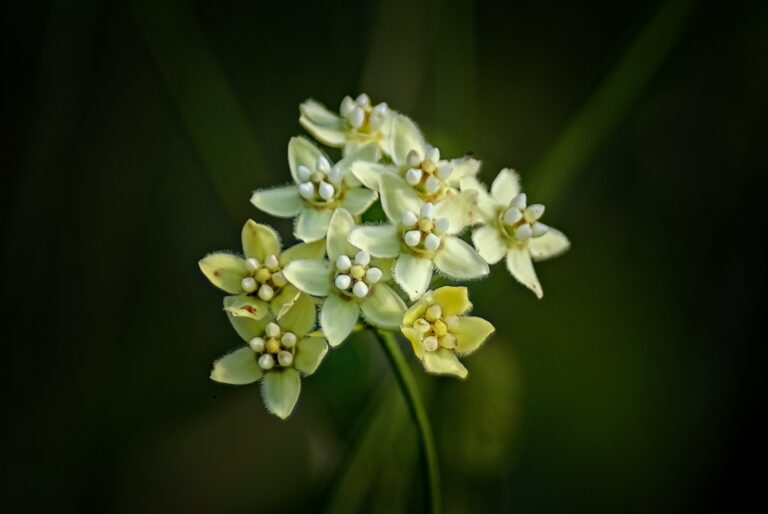
Watering regime adjustments come next, and it’s a delicate balancing act akin to crafting the perfect cup of tea. Too much and you’ll drown the delicate root system, too little and you’ll dessicate its verdant vigor. The trick lies in achieving the consistency of a light drizzle, enough to quench without overwhelming. Enter the soak-and-dry method: drench the soil thoroughly, then allow it to dry out completely before the next watering. The roots will reach deeply for moisture, empowering the plant to invest energy into unfurling its floral wonders.
Now, let us sprinkle in some wisdom on appropriate fertilization. Much like a chef’s deft addition of spice, fertilization must be undertaken with precision and care. Too often, succulent caretakers neglect this step, leaving their plants to subsist on a bland diet that lacks the nutrients needed for flowering. Emboldening your haworthia with occasional feedings of a balanced, succulent-appropriate fertilizer is akin to sprinkling fairy dust on your plant—sparking a metamorphosis from modest green clump to a bouquet of starry flowers.
Remember, the alchemy that transforms the unassuming haworthia into a bloom-laden spectacle doesn’t rely on happenstance but on a harmonious blend of light, moisture, and nourishment. Each gardener’s touch is the wand guiding this transformation. So take this knowledge, and with it, craft a flowering haworthia fit to bedazzle the most discerning of succulent collectors!
Troubleshooting Haworthia Blooming Issues
Every gardener admires the sight of a flourishing Haworthia in bloom, but achieving that spectacle sometimes means overcoming a few hurdles along the way. In the dance of light and shade that guides the growth of these hardy succulents, a misstep in care can prevent them from showcasing their delicate flowers. Let’s troubleshoot common blooming challenges and get your Haworthia ready for its grand floral performance.

Lackluster Lighting: Striking the Right Balance
Imagine your Haworthia as an artist, with light as its paintbrush. Too little light and the masterpiece may never take form—a blooming bud’s dream cut short. Too much, and the colors of the plant’s health fade away under harsh rays. For an optimal setting, mimic the soft, dappled sunlight of its native South African habitat. Position your Haworthia in bright, indirect light and watch for signs of contentment—green, plump leaves reaching upward—as a prelude to blooming success.
Watering Woes: Finding the Sweet Spot
A Haworthia sitting in soggy soil is a sorrowful sight, akin to a masterpiece trapped in a flood. Waterlogging can lead to root rot, where the roots—the lifelines to blooming vigor—are compromised. On the flip side, a desert-dry pot evokes scenes of drought, leaving your succulent thirsting for life-giving moisture. Water your succulent when the soil is dry to the touch, allowing excess to drain freely, encapsulating the rainfall rhythm it would experience in the wild.
Nutrient Necessities: The Ingredients for a Floral Feast
Flowers are the triumphant finale of a plant performance, and a starved Haworthia may lack the energy to produce them. Consider the soil an all-you-can-eat buffet for your plant—a feast where the right nutrients can boost your succulent’s blooming potential. Replenish the soil with a balanced, succulent-specific fertilizer to serve up the essential minerals in moderation. Overfeeding, like overindulging, can lead to imbalance and discourage flowering. Offer your Haworthia this nourishing spread, and soon, the anticipation of buds may turn to the spectacle of blooms.
Propagating Haworthia from Flowers
When we think of propagating succulents, leaf cuttings and offsets usually come to mind, but did you know that propagating Haworthia from flowers is also a possibility? This method, while not as common, is a fascinating journey into the reproductive life cycle of these resilient plants. So, let’s delve into the step-by-step process of giving birth to new Haworthia plants from the blooms themselves.
Understanding the Flower’s Role
The flower is more than just a spectacle; it’s the reproductive heart of the Haworthia. Each bloom has the potential to produce seeds after successful pollination. However, before dreaming of a new brood of plantlets, it’s crucial to understand that Haworthia flowers may not always set viable seeds, especially if they’re not cross-pollinated with another genetically diverse Haworthia. It’s nature’s way of shuffling the deck to produce healthy, robust offspring.
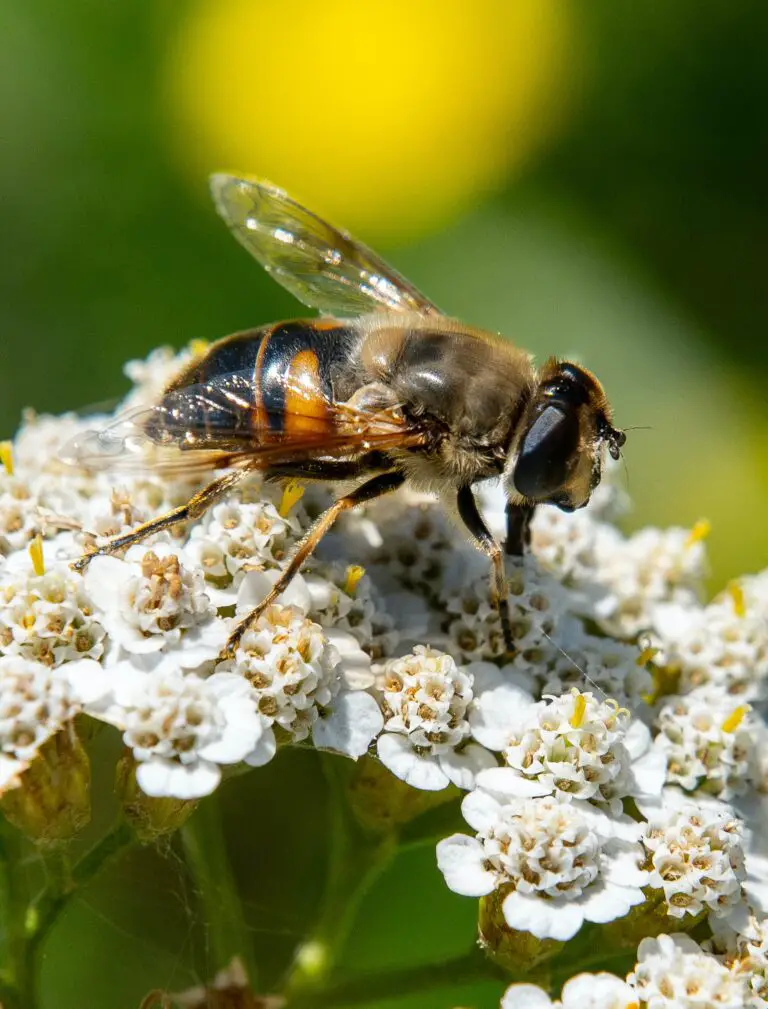
The Step-by-Step Propagation Guide
Assuming you’ve got a flower ready to go, here’s how to coax new life from those delicate petals:
Step 1: Patience is a Virtue – Watch and wait for your Haworthia flowers to be visited by pollinators, or play cupid by using a small brush to transfer pollen from one flower to another. The key here is ensuring pollination has occurred so seeds can develop.
Step 2: Seed Harvesting – After the flowers have wilted, seed pods will form. Allow these pods to dry on the plant before harvesting them. It’s a slow dance with mother nature, as rushing this step can lead to unviable seeds.
Step 3: Sowing – Sprinkle the seeds on well-draining soil, similar to a soft bed for these future succulents. Place them in bright, indirect light and maintain a consistent moisture level. It’s a nurturing process akin to tucking in seedlings for a lengthy germination slumber.
Step 4: The First Glimpse of Life – In several weeks to months, depending on conditions, witness the first green shoots pushing through the soil surface. It’s as rewarding as seeing a child’s first steps, but in slow motion.
How Flower Propagation Differs
The main difference between flower-based propagation and other methods is the genetic variation. Seeds carry the genetic codes from both parent plants, leading to new characteristics that may surprise you. It’s like a botanical lottery where each plantlet holds the potential for unique leaf patterns, growth habits, or resilience to certain conditions. In contrast, other methods like leaf cuttings or offsets result in genetically identical clones—exactly like their parent plants. So, if you’re in the mood for a little genetic roulette with your Haworthia, propagating from flowers could be your next thrilling horticultural endeavor!
Remember, while propagating Haworthia from flowers is a test of patience and precision, the potential reward of unique and hardy offspring makes it an exciting addition to your propagation repertoire. So gather your brushes—or trust in those busy bees—and prepare for the unparalleled joy of watching a new Haworthia generation take root from the very flowers that charmed you in the first place.
Frequently Asked Questions
Are you curious about the charming yet elusive blossoms of Haworthia? You’re not alone! Let’s dive into some common wonders that plant enthusiasts have about Haworthia flowers.
Why are Haworthia flowers such rare guests?
Imagine a party where the guest of honor makes an appearance only once in a blue moon—that’s how Haworthia blooms tend to be. These succulents throw a floral fiesta infrequently, often only after a couple of years of growth, and when conditions mimic their natural habitat—think bright indirect light, well-draining soil, and a bit of good old restraint in watering.
How long do these succulent flowers stick around?
The blooms are fleeting, like a spectacular comet streaking across the sky. Haworthia flowers typically unfurl for a several weeks, gracing their owners with tubular allure before bidding adieu. But even though their stay is short, they leave a lasting impression with their delicate beauty.
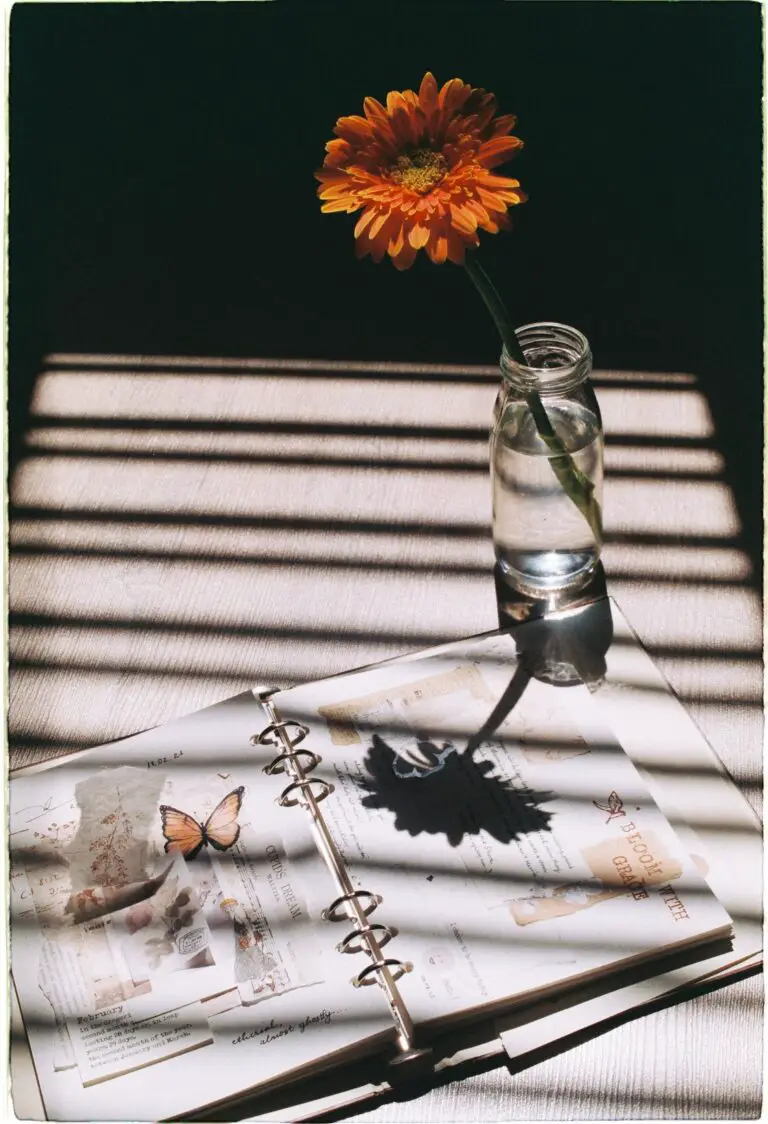
Does flowering take a toll on Haworthia’s health?
It’s the question on every succulent lover’s lips—will flowering deplete my Haworthia? Picture a marathon runner post-race, that’s how your succulent feels post-bloom. Flowering does demand energy, but these resilient plants bounce back with proper care. In fact, seeing your Haworthia flower can be a nod to your exceptional nurturing skills. Just ensure you continue the succulent-savvy routine of appropriate light, watering when the soil dries out, and well-ventilated spaces to keep these beauties thriving.
There you have it, some of the top FAQs on Haworthia flowers, dissected with an analytical lens for your green-thumbed pursuits. Keep these insights in your plant care toolkit and watch as your Haworthia potentially puts on nature’s most underrated floral show.
